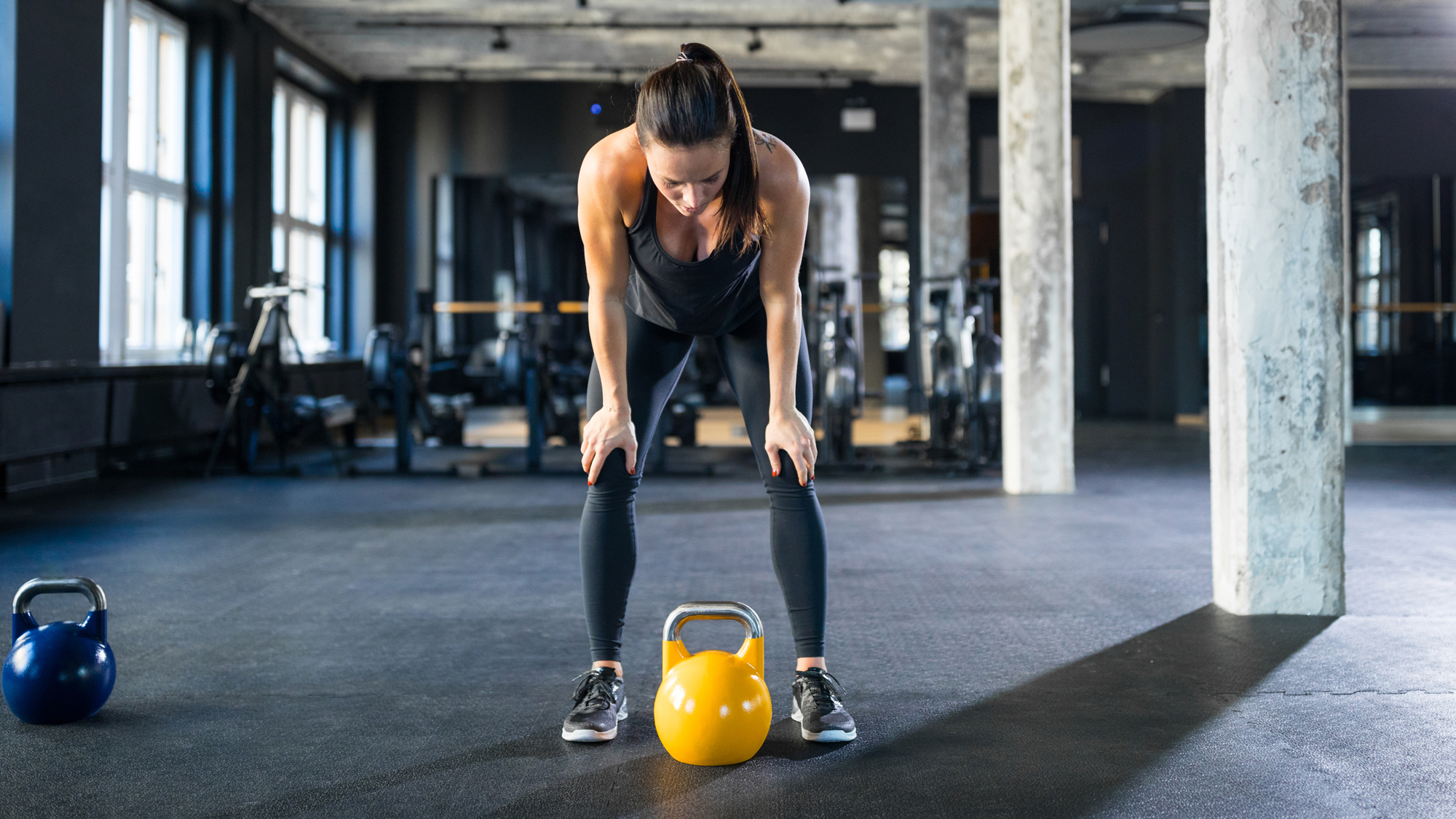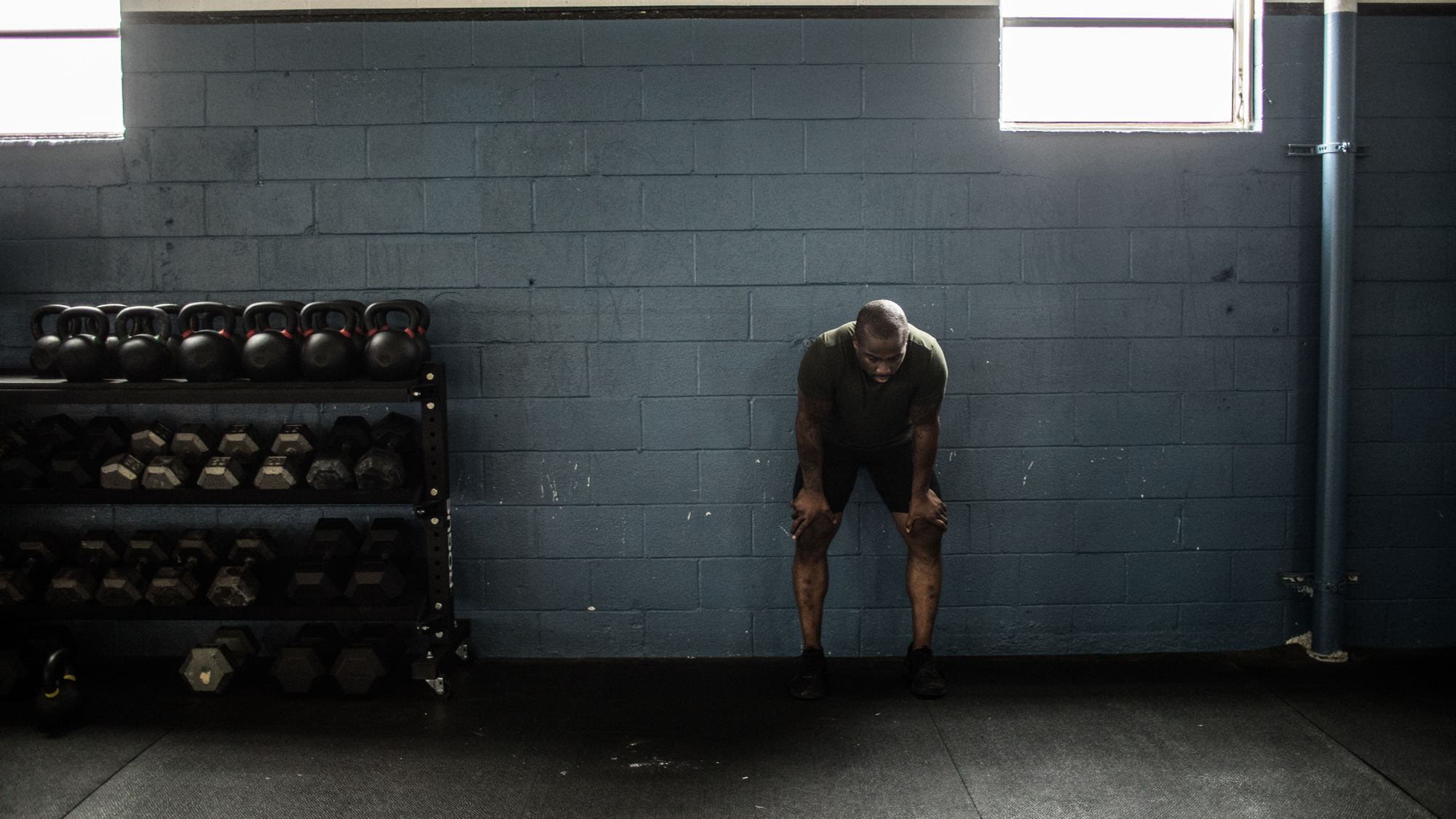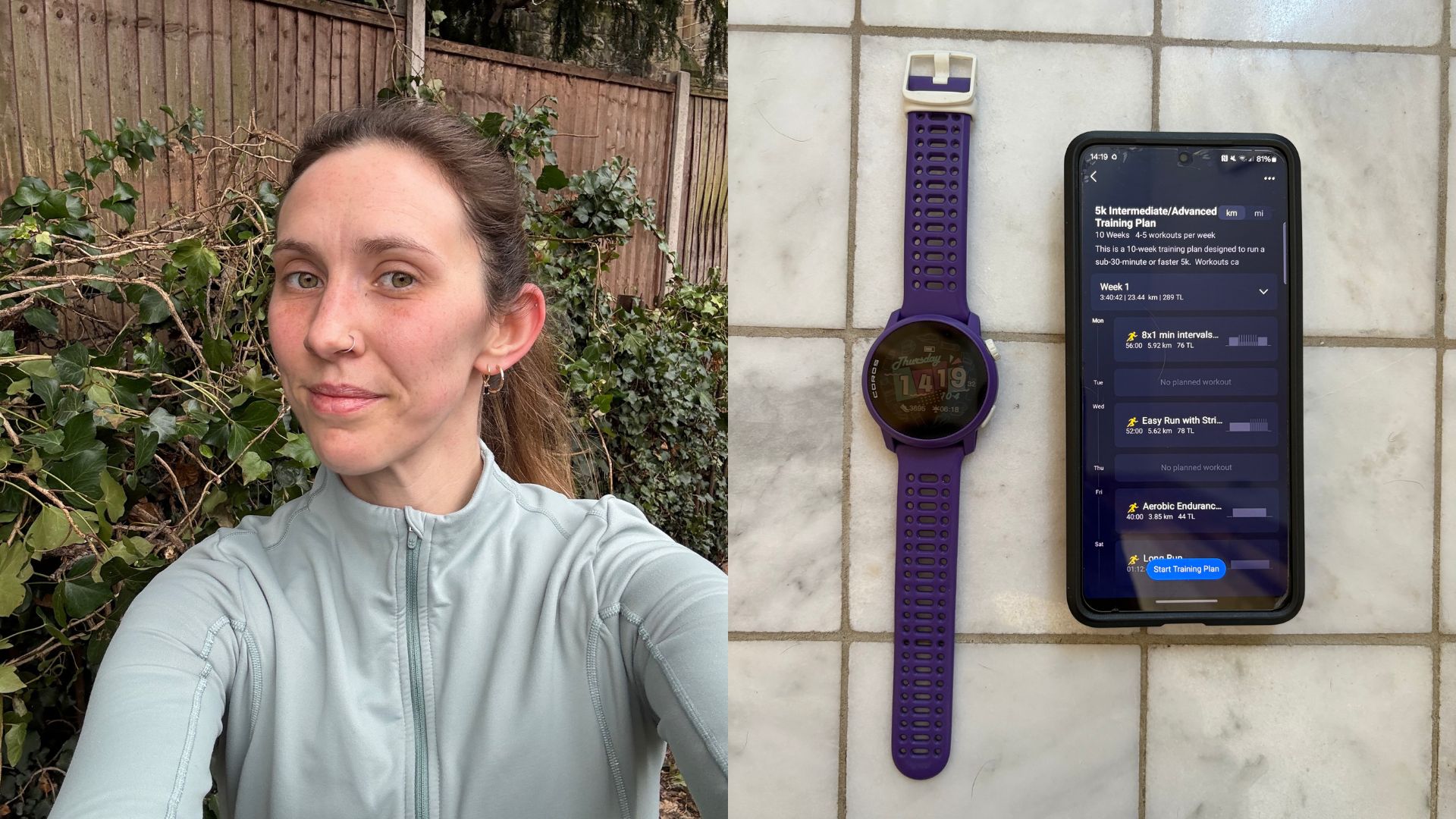How to finish your workouts 37% faster but still build muscle, according to research
Taking time out to recover between sets is one of the most important factors for efficient muscle growth


If you're short on time at the gym or trying to fit in a quick workout at home, you might be tempted to cut back on your rests between sets. However, new research has found that taking 75 seconds of downtime might actually improve your session's efficiency.
Whether you train with exercise machines or a set of the best adjustable dumbbells, the time you take after completing a handful of repetitions is an essential part of any workout routine. It helps your muscles recover and gives you time to catch a breath.
It's never been clear exactly how long we should take as a break, though. If you're following a high-intensity interval training (HIIT) routine, it'll be somewhere between 20 and 40 seconds, but what about between weight lifting sets?
Thanks to a new study published in the Journal of Strength and Conditioning Research, it seems that 75 seconds of downtime might be the most time-efficient way to train, helping you get through your workout almost 40% faster.
The team wanted to analyze the effect of a fixed-length rest period compared to a variable one, where the exerciser took a break as long as they wished to after each move.
They took 33 men with resistance training experience and put them into two; the Fixed Rest Interval (FRI) group with 75 seconds between sets and the Self-Selected Rest Interval (SSRI) cohort with no prescribed rest length.

Both training groups completed to failure three sets of chest presses, lat pull-downs, shoulder presses, and seated rows at 75% of their one-rep maximum (1RM), the highest weight they can lift for a single repetition without failure.
Get the Fit&Well Newsletter
Start your week with achievable workout ideas, health tips and wellbeing advice in your inbox.
Across the eight-week study period, each group trained three times per week. After looking through the data, the researchers found that the SSRI group could continue for more reps than the FRI participants.
Despite this, there were no strength differences between the two groups at the end of the trial. So, although they did fewer reps, the FRI cohort got stronger in 37% less time than the SRRI group, suggesting that the rest period plays a crucial role in building muscle.
This adds to a growing body of evidence that longer rests between sets can actually build muscle faster, with previous research finding that a three-minute break was the most effective way to make gains across eight weeks.
The key takeaway is that even after you've nailed how to deadlift with dumbbells, if you really want to see impressive muscle growth, it's important to store the weights away for a moment, take a breather, and reset before the next set.
If free weights aren't your thing, but you still want to build muscle and maintain strength, consider investing in a set of the best resistance bands instead. These are an affordable alternative to weights and are available in several strengths.

James is a London-based journalist and Fitness Editor at Fit&Well. He has over five years experience in fitness tech, including time spent as the Buyer’s Guide Editor and Staff Writer at technology publication MakeUseOf. In 2014 he was diagnosed with a chronic health condition, which spurred his interest in health, fitness, and lifestyle management.
In the years since, he has become a devoted meditator, experimented with workout styles and exercises, and used various gadgets to monitor his health. In recent times, James has been absorbed by the intersection between mental health, fitness, sustainability, and environmentalism. When not concerning himself with health and technology, James can be found excitedly checking out each week’s New Music Friday releases.
-
 This is the exact running plan I followed for two months to finally get my 5K run time under 30 minutes
This is the exact running plan I followed for two months to finally get my 5K run time under 30 minutesAnd it helped me fall in love with running again
By Ruth Gaukrodger Published
-
 I increased my step count back to 10,000 a day after time off—here’s how I did it sustainably
I increased my step count back to 10,000 a day after time off—here’s how I did it sustainablyIt took me five weeks to get back to the ideal range
By Lou Mudge Published